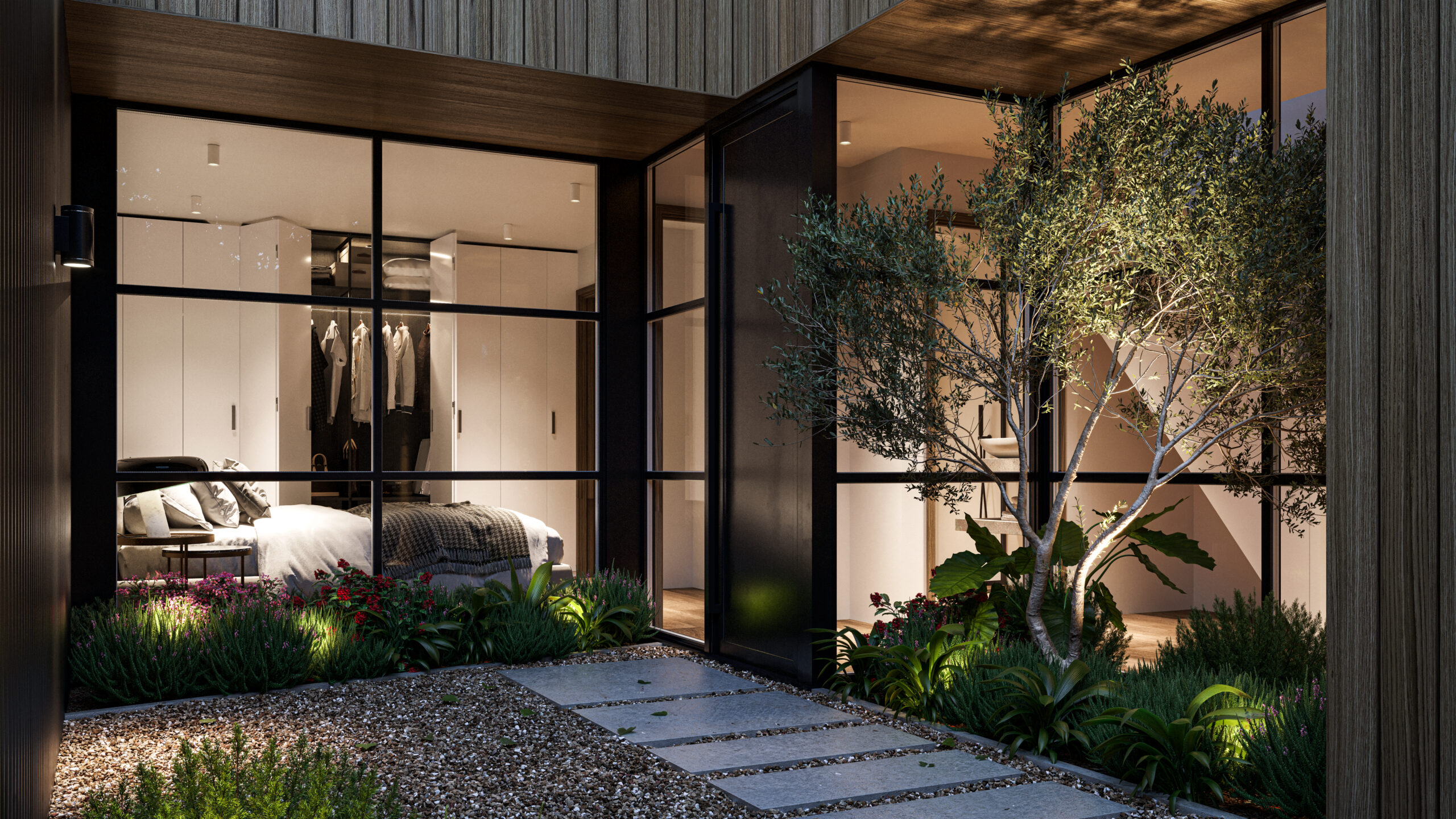New Homes Space Standards

New Homes – Comply with Minimum Space Standards
Whether you are a seasoned developer, a homeowner embarking on a renovation and extension project, or planning a new home through new build or conversion, understanding minimum space standards is crucial to gaining successful planning decisions.
Such guidelines have been set to ensure all future homes meet not only the minimum home requirements but also best practice in design, for comfortable and functional living.
Understanding the Framework
In the UK, the Nationally Described Space Standards (NDSS) sets minimum floor areas for new dwellings. It should be noted though, that some Councils use these standards for extension and renovation projects, helping form good living standards. As members of professional bodies; the Royal Town Planning Institute (RTPI) and the Royal Institute of British Architects (RIBA) our best practice seeks to promote the greatest quality standards, to create well-designed living spaces.
Our professional standards and customer expectations for our Architect designed homes, require time and consideration to gain the most out of the space available. Whilst we may design in tight spaces, we always want to ensure quality.
Space standards in some instances can be quite generous but only if you design efficiently. Minimising wasted space such as long corridors or awkwardly used areas is crucial to good space planning to make the most of your project. For instance, a new one-bed, one-person flat would have to be a minimum area of 37m², whilst a three-bed, five-person home would be a minimum of 93m². Whatever the size, it is important to make the space work well.
To ensure spaces are light filled, the Government has introduced minimum floor-to-ceiling heights to avoid cramped and poorly formed spaces. The quality standards promote best practice to help achieve the functional requirements of minimum space standards. Talented Architects have always been able to design without these standards, but they were brought in to prevent poorly defined spaces being built. We believe that Covid highlighted how important our homes are to us, when we were literally held captive within them!

Beyond the Minimum

While minimum space standards provide a baseline, it is very important to consider the functional requirements of a home. How many people will live there? What is the lifestyle? Thinking about how you will use each space will help you determine if the minimums are enough for your brief.
Client expectations can also play a significant role.
While regulations establish a floor-plan, modern homebuyers often expect more. Open-plan kitchens, ample storage solutions, and dedicated workspaces are increasingly sought after. Meeting or even exceeding these expectations can enhance your home’s value and marketability.
We must understand that the days of a ‘shoe box’ bedroom are long gone and that is a good thing.
Technical Considerations
While national regulations define minimums, international standards offer a broader perspective. The International Organisation for Standardisation (ISO) publishes a range of guidelines for the built environment, including ISO 9241 for ergonomics and usability in workplaces. Considering these broader principles can help you create a more functional home. Good design Architects will think outside the box and draw in experience from a wide range of schemes including commercial projects, to achieve the best outcome for functional and attractive spaces.
Understanding minimum space standards requires some technical know-how. Gross Internal Area (GIA), for example, refers to the total usable floor space within a dwelling’s perimeter walls. The NDSS specifies minimum GIAs for different dwelling types, ensuring a basic level of space for occupants. The standard includes the outline of minimum room sizes for bedrooms, ensuring each occupant has a comfortable sleeping area with sufficient space for wardrobes and other amenities we all enjoy within our homes. Believe it or not, there was a time when only a bed could be fitted in some development properties!
Using Your Space Wisely
Minimum space standards are a starting point, but maximising your home’s functionality goes beyond square footage. Smart design principles like making the most of natural light, incorporating clever storage solutions, and utilising or creating space-saving furniture can significantly improve the liveable space, even within a limited footprint. Efficient design when tight on space is crucial to successful homes.
Consulting with a qualified architect or planning consultant can be invaluable. Such professionals can help you translate minimum space standards into a home that meets or exceeds your needs and aesthetic preferences. Make the space work for you. A change in perspective and creative license can surpass functional requirements and achieve beautiful spaces to live in.
We Can Help
We are committed to finding you, our client, the best solution, one that provides the quality space that you need and importantly, has the best chance of planning success. Our designs are individual and informed by planning policy requirements, providing clever, compliant and beautiful spaces.




.webp)